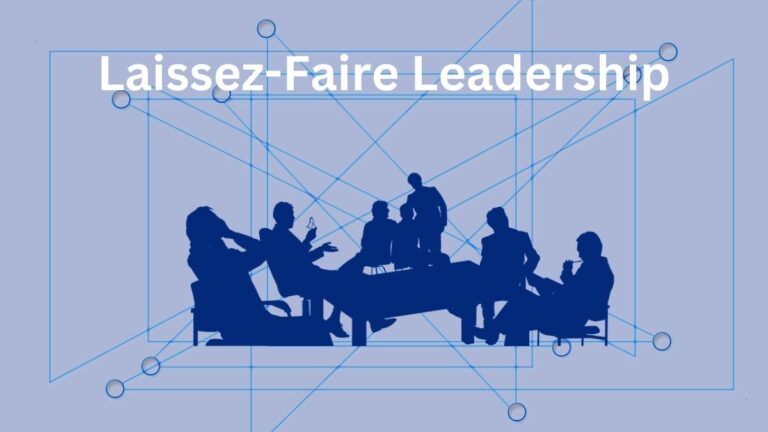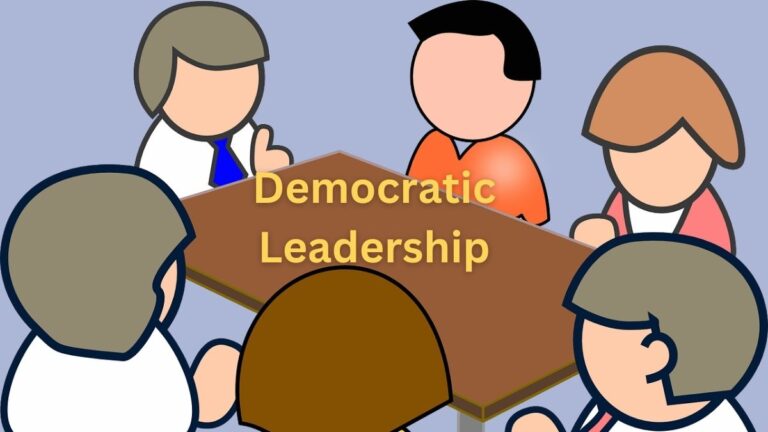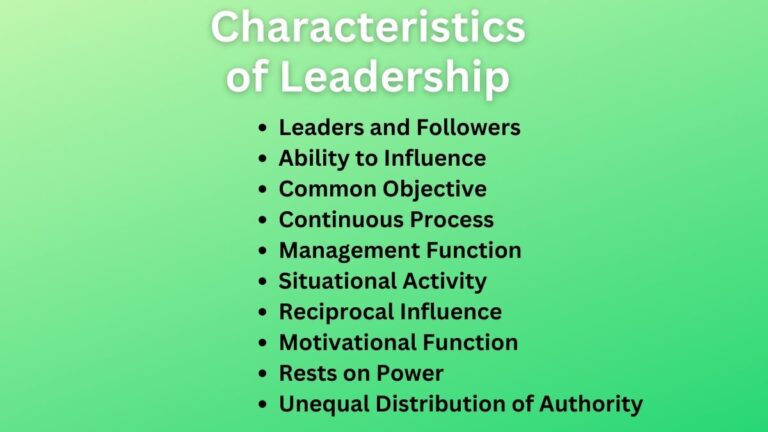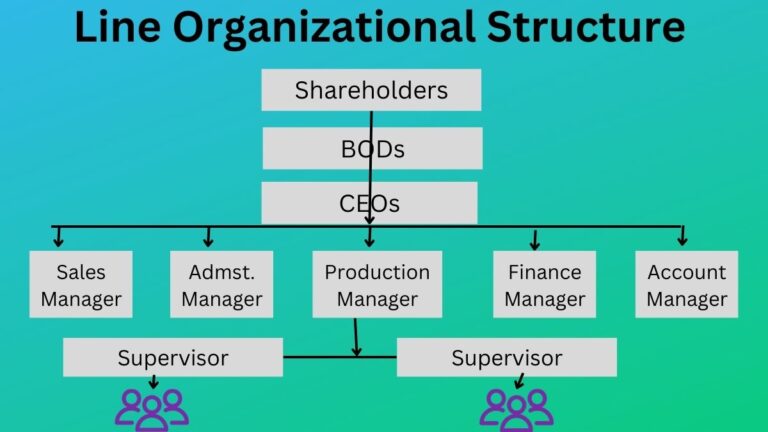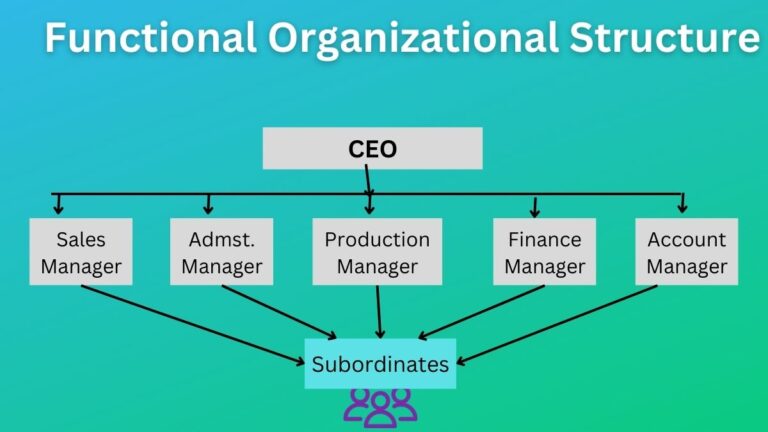What is Laissez Faire-Leadership? Definition, Features, Advantages, and Disadvantages
What is Laissez Faire Leadership? Laissez-faire leadership is a leadership style in which the leader grants total authority and responsibility to the group and group members have the freedom to work things out themselves the way they see fit and the best they can. It is also called delegative leadership and Free Rein leadership. In…
